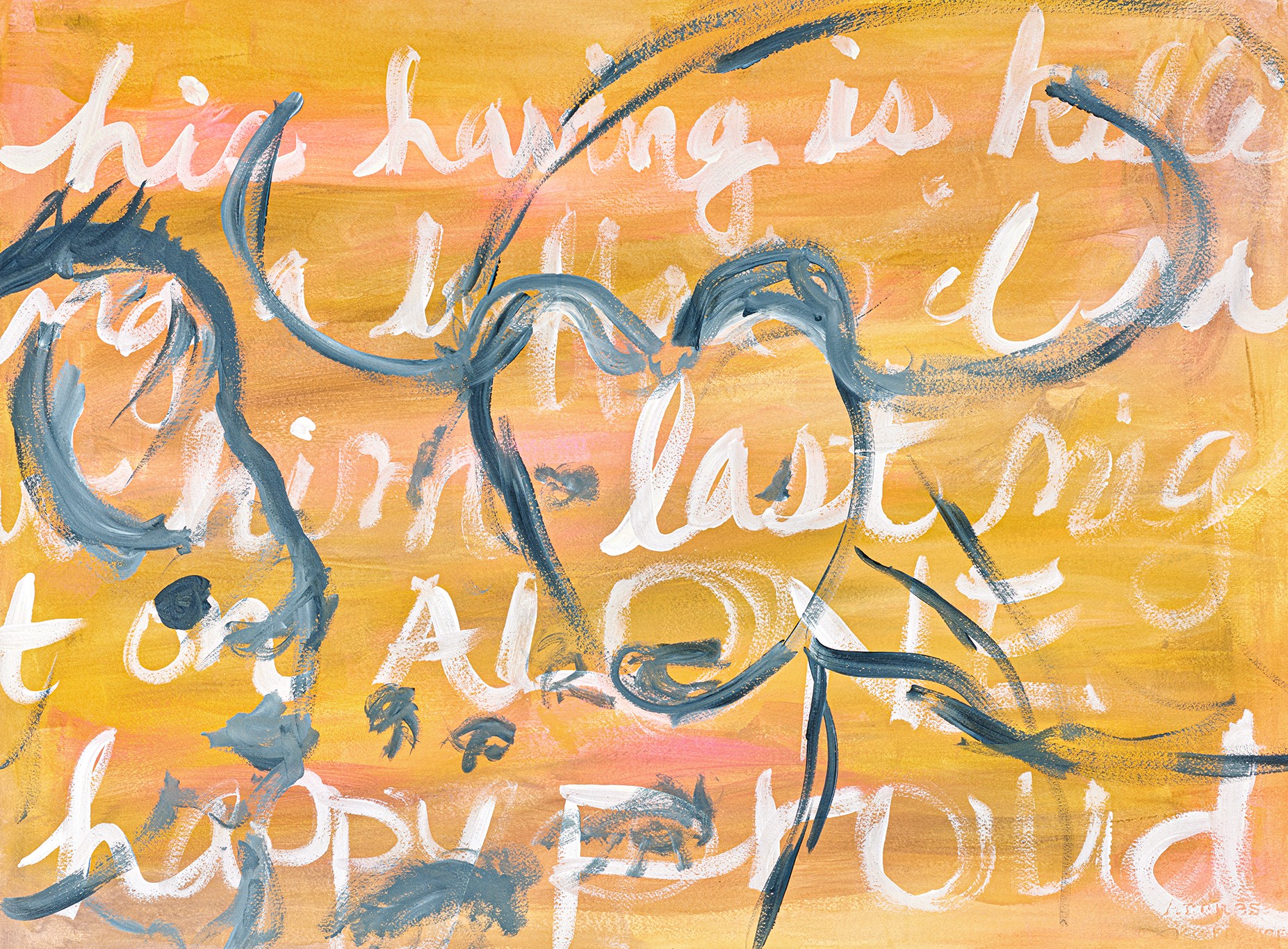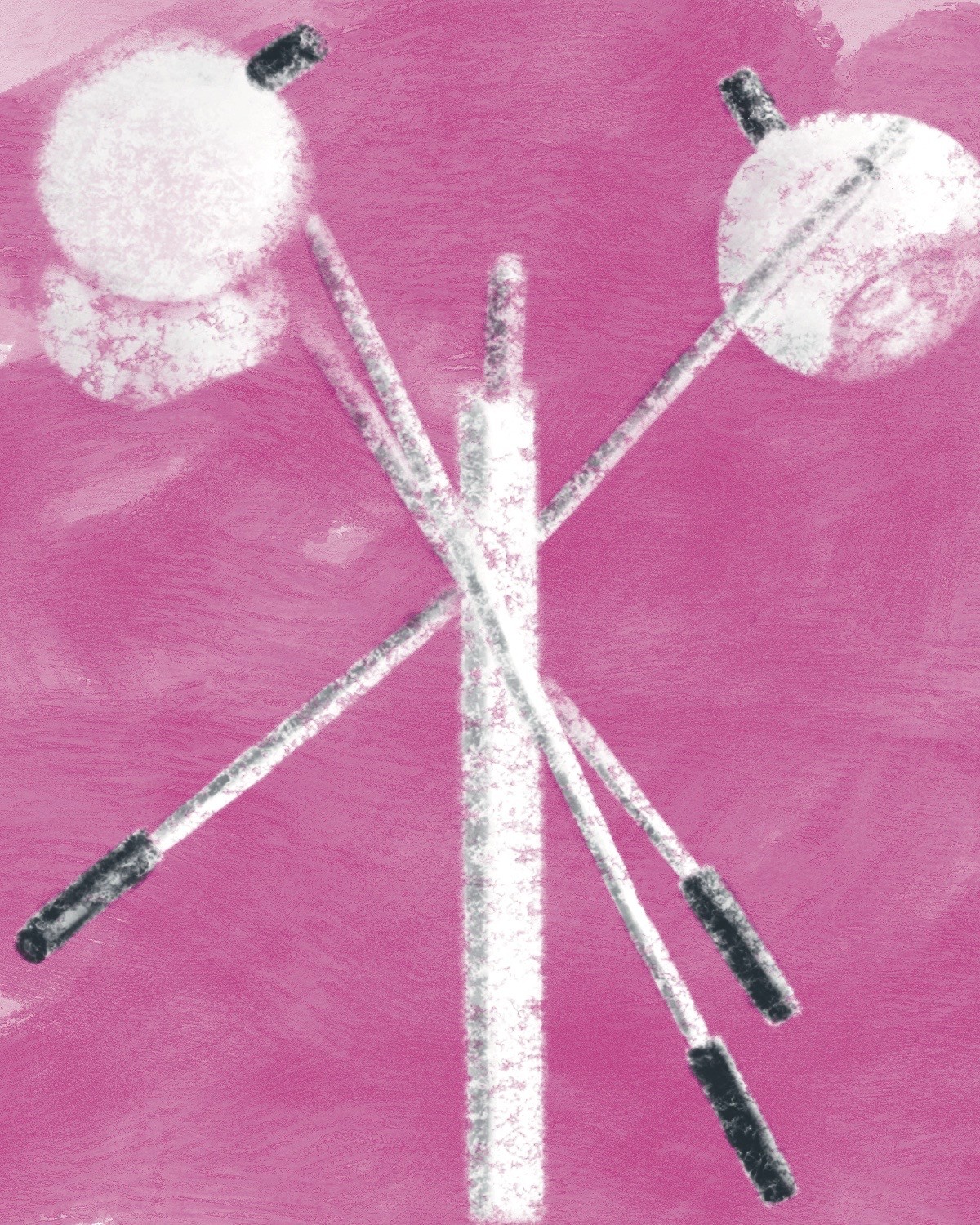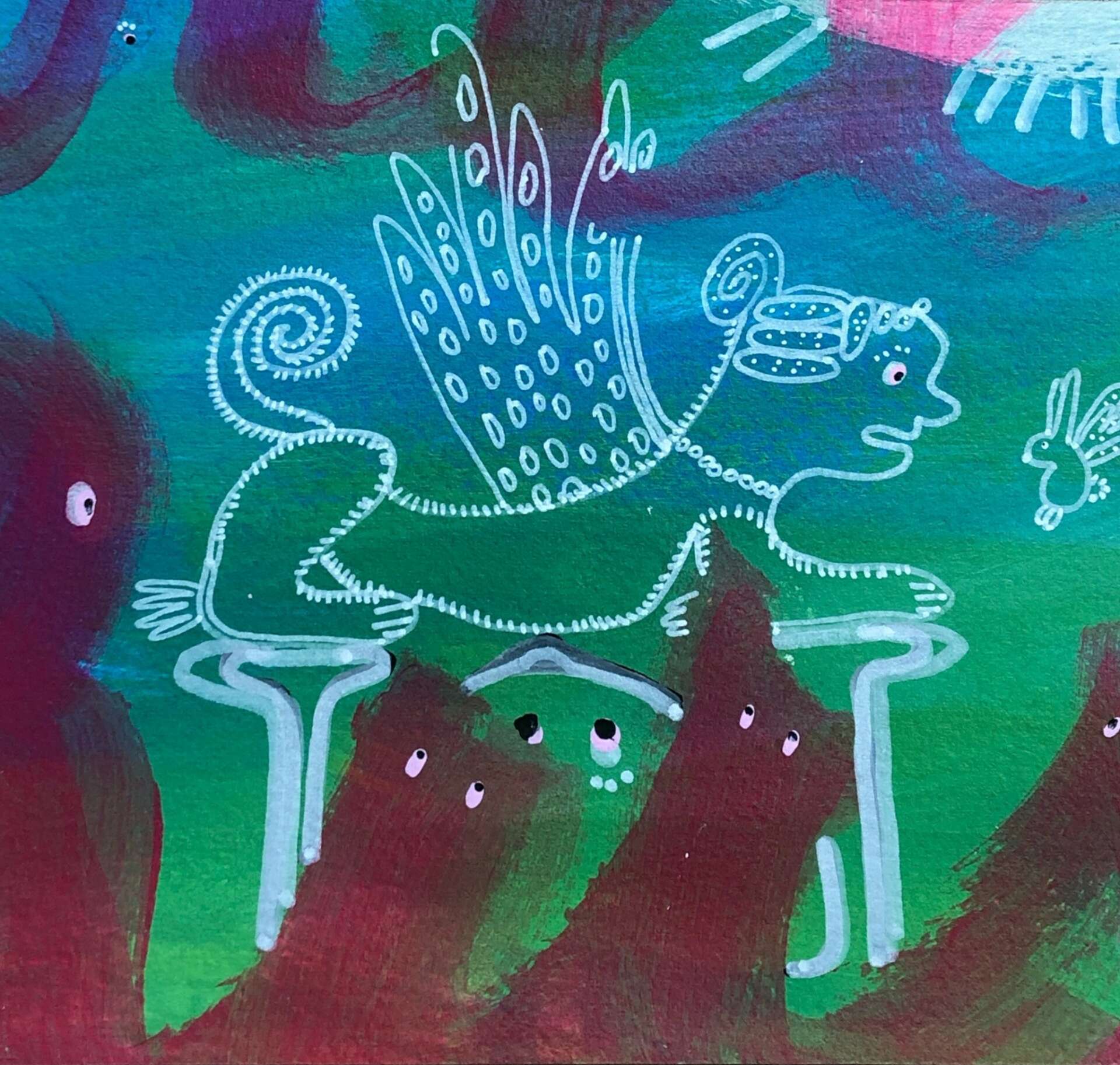We were lucky to catch up with Anne Ylvisaker recently and have shared our conversation below.
Anne, thanks for taking the time to share your stories with us today Can you open up about a risk you’ve taken – what it was like taking that risk, why you took the risk and how it turned out?
Having a career in the arts is an extreme sport. It means continually leaping into the unknown with no promise of a safe landing. But without the leap, nothing new would be born.
The act of creating is its own risk. I wrestle with this all the time. Hours, weeks, months, years, can be spent on a project that few people even know about or believe in and there is no guarantee that at the end of that time it will find a place in the world. So have I wasted my time? Have I wasted the money spent on materials? Have I lost other opportunities while I was focussed on this thing I couldn’t let go of? Or has this perceived failure led me to a new way of working, to discoveries that feed other areas of my creative life, new ideas or directions, a new voice?
And then putting the work out there is a risk. There is no guarantee of financial success or of a positive response. Will anyone connect with my vision or will I discover I am alone?
For me, creating is about connection. Connection to my self and to others. And when I have written a book or made a piece of art that delights me, and then it resonates with someone else, I’m eager to leap again.


Anne, before we move on to more of these sorts of questions, can you take some time to bring our readers up to speed on you and what you do?
I live in Monterey, California where I am a visual artist, an author, a poet. I’m a storyteller at heart, through these different mediums. Right now I am exploring ideas using acrylic paint and Posca markers on canvas and paper, as well as digitally on an iPad, and I have book projects in the works.
I’m not someone who knew from childhood I would have a career in the arts. I kept a journal, I loved looking at art, but I didn’t take writing or art classes in college. I didn’t get an MFA. I had a career as a teacher, a career I valued and was good at.
In my early 30s I was struck with neurological disease that made walking and speech difficult and caused extreme fatigue, making it hard to manage a classroom. It took nine years to diagnose, so I needed to find a way to pay my bills doing something less physical than teaching.
I started by writing non-fiction books on contract on subjects I’d taught. I wrote nineteen of these books in rapid succession on short deadlines. It was incredible way to develop my writing skills.
I was frustrated by having to rest so much, but all the hours spent on the couch gave my imagination acres of space to wander.
I began writing fiction, persisting though failure after failure. I connected with a writing community, found a mentor, and kept writing until I found my voice, a story to tell, and eventually, publishers for five novels, with a sixth on the way, a picture book, and a board book for babies.
Writing was a natural path for me, as I had always been an avid letter writer, which is like telling short stories to a small audience, and had kept journals since my my mom gave me a notebook to keep me busy on a road trip when I was six. Writing was one of the ways I interacted with the world.
But all my life I’d longed to to be able to draw, to make visual art. I remember envying a friend in my fifth grade class who could draw really well. I was as mesmerized as if he was performing magic. I believed drawing was a skill you were either born with or you weren’t and I wasn’t. My grief at being born without that gift, the yearning to be able to see something and record it, was relentless. Finally, ten years ago, I took an online course in keeping a sketchbook, then signed up for a class at my local community college. On the first day of class the instructor told us that drawing is a set of skills that can be learned, that the act of drawing is a way of seeing and experiencing the world. That sentence set me free. I worked at learning the skills. I practiced, I practice still. I started keeping sketchbooks as regularly and happily as I keep written journals. Then, as when I started writing, I found creative community, mentors. People who saw something in what I was making and called it art.
I am active now at Open Ground Studios, a community studio where I have space to explore, and a weekly class with artist Paul Richmond who meets every one of my ideas with an immediate “Go for it!”
In 2024 I have a new novel coming out called One Alley Summer, a story of friendship and facing one’s deepest fears, set in the kid-world of an urban alley over the course of one summer.


Is there something you think non-creatives will struggle to understand about your journey as a creative?
I think one of the things that is difficult to understand about the creative journey is that failure takes as much time and effort as success.
It takes as long to write a book that doesn’t ever reach publication as it does to write one that is published.
It takes as long to paint a work that never ends up in a show or gallery or on a wall in someone’s home as it does to paint one that does.
All those apparent failures are really practice, ways of working things out that make it possible for the thing that does finally make it to public view to exist.
So I think it’s easy for people to see that I’m a working writer, an artist, in the moment in which I have a book published or a show in a gallery, but in the years that I’m simply out of view, steadily creating the work, it’s pretty vague to people what exactly it is I’m doing with all that time. I’m working, whether there is evidence of it or not.
It is exciting to bring a book into the world, a piece of art into view. But it’s the process, the practice, really, that makes up my life. The finished products are like photo albums of the places I’ve been all the while I’ve been out of sight.


Is there mission driving your creative journey?
The sensation of delight is a part of being human that makes hardships survivable, that makes hope possible. Like everyone, I feel sadness, I feel anger, I feel despair at the state of the world, and at the same time I am easily delighted, and that is my creative fuel. It is what drives me to want to write, draw, paint.
Writing stories, creating art, this is how I participate in the conversation about what it is to be human. It is saying – here is beauty, here is pain, here is delight, here is hope. Do you feel it, too? Stories, told through books, through art, bind us together, let us know, across generations even, that we are not alone.


Contact Info:
- Website: www.anneylvisaker.com
- Instagram: @anne.ylvisaker
- Facebook: Anne Ylvisaker Studio
Image Credits
Stevie Dimarco, Denese Sanders


